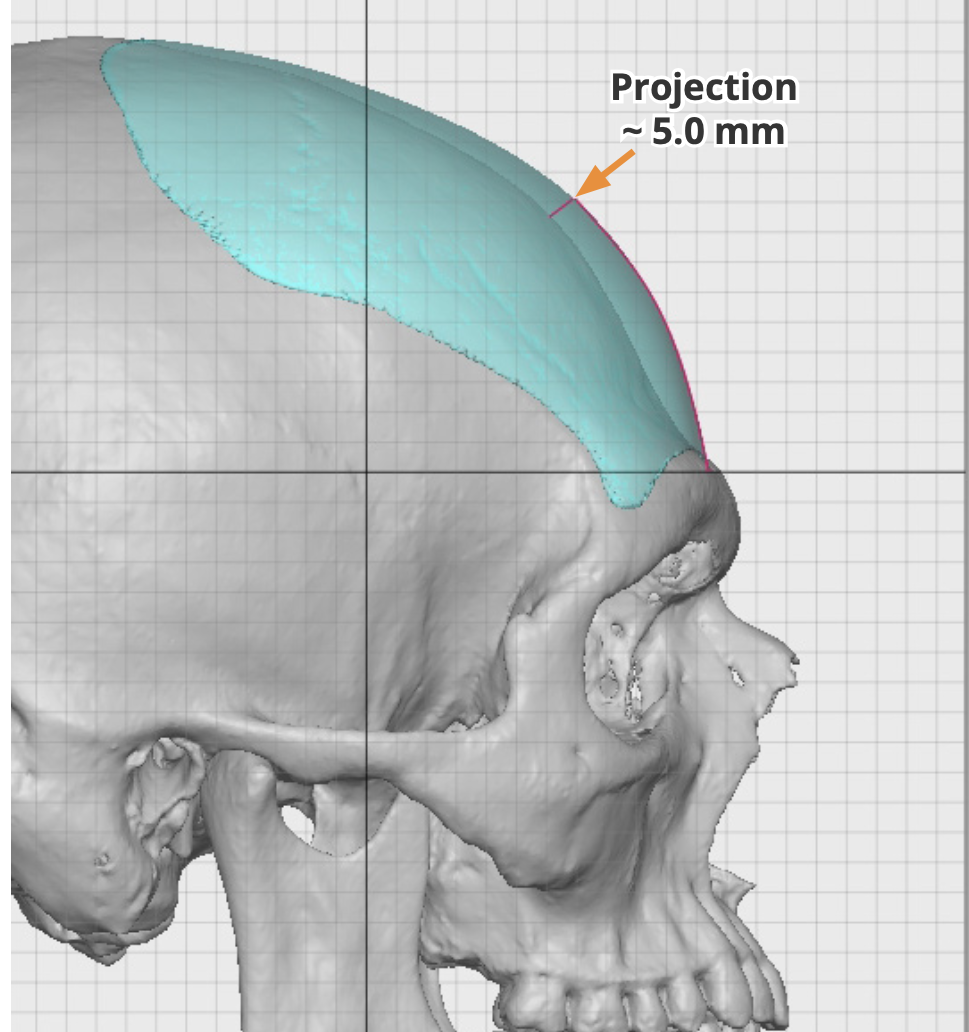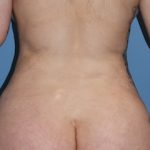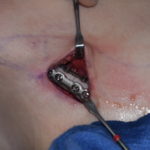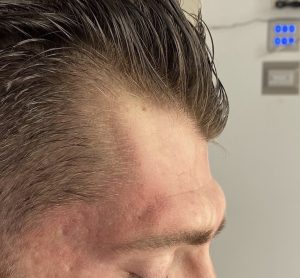
The forehead inclination angle or slope differs between the genders with men having a slighter greater backward slope (10 to 12 degrees) than women. (5 to 7 degrees) One factor that affects the angle in men is their brow bone projection. The greater the brow bone projection the greater the slope. Conversely the less brow bone projection the less forehead inclination that is present. It is one but not the only reason women have less of a forehead slope.
In severe male forehead slopes the brow bone can look overly projected. (pseudo brow bone protrusion) Patients and some surgeons may think that brow bone reduction would be the correct treatment choice but this may just be a reflection of what they know how to do. It is important in preoperative assessment to look at both options (brow bone reduction vs forehead augmentation) by prediction imaging in profile to see what looks best to the patient. But as a general rule when the forehead slope is greater than 15 to 20 degrees its correction provides far greater improvement than any amount of decreased brow bone projection. This is simply a matter of the amount of bony surface area change.
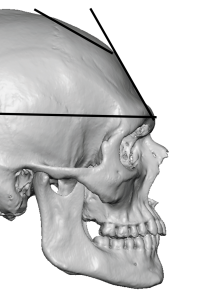
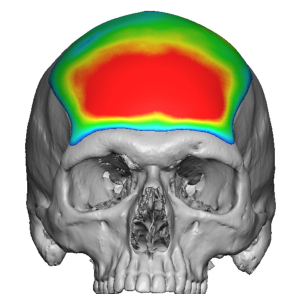
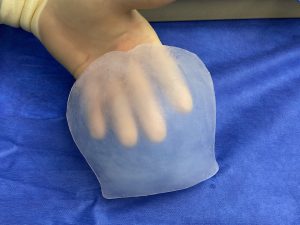
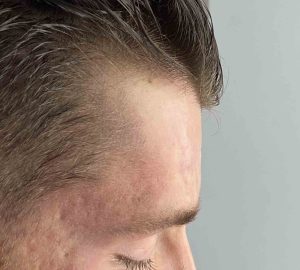
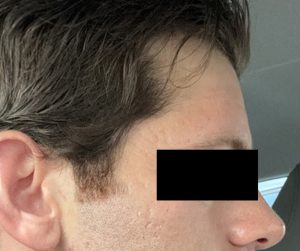
Forehead slope correction is slaways best done by a custom forehead implant design. It is a large facial surface area and getting it to blend into the top and sides of the head as well as provide control of the change in the slope requires preoperative design control. Its other benefits over the historic use of bone cements is the ability to use a smaller scalp incision for placement as well as have assured smooth contours and edging.
Key Points
1) A severely retroclined forehead can create the impression that the brow bones are overly projected.
2) Male forehead inclinations would be considered aesthetically undesired at greater than 15 to 20 degrees.
3) A custom forehead implant can dramatically change the slope and does in a smooth and manner to the top of the skull as well.
Dr. Barry Eppley
World-Renowned Plastic Surgeon

